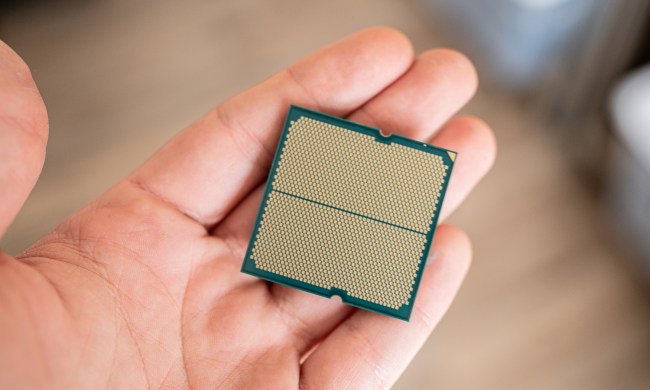Lossless Scaling is a $7 Steam app that’s flipped the idea of frame generation on its head this year. Similar to tools like Nvidia’s DLSS 3 and AMD’s FSR 3, Lossless Scaling offers frame generation. However, it works with any game, and with any graphics card, and it can triple or quadruple your frame rate with this frame generation. And now, the app is going further with a feature that even DLSS 3 and FSR 3 don’t have.
The developer posted the 2.12 beta to Steam on Wednesday, and it adds a couple of new features. The big one is a resolution scale for LSFG, the tool’s own machine learning-based frame generation algorithm. This allows you to decrease the resolution of the input frames, leading to a very minor quality loss in exchange for a fairly large performance boost. The resolution of the game doesn’t change at all. You’re basically giving the frame generation algorithm slightly less information to work with.
It’s a very clever way of improving performance that we haven’t seen from Nvidia or AMD yet. There are plenty of artifacts and oddities with generated frames, regardless of where they come from. The idea is that you won’t notice those issues because the generated frames are mixed in between truly rendered ones, and only displayed on screen for a few milliseconds. This new feature capitalizes on that fact, offering an additional performance boost with an almost imperceivable quality loss.

I tried it out in Cyberpunk 2077, and the feature works very well. At native 4K, I was able to max out my monitor’s 138Hz refresh rate by using 3X frame generation and setting the resolution scale to 70%. The difference between 100% and 70% didn’t even register at that high of a frame rate. However, as with all frame generation tools, it’s best to have a base frame rate of 60 frames per second (fps) before enabling frame generation.
In addition to the resolution slider for frame generation, the developer made a few other updates to the app. First, they removed LSFG 1. This was the first frame generation algorithm, which has now been fully replaced with the latest version. The app now supports SGSR v1 as well. This is Snapdragon Game Super Resolution, which is a lightweight upscaler built by Qualcomm that was created for the Adreno GPU. It should provide better upscaling results than some of the other options in Lossless Scaling, particularly on weaker GPUs.
This update is a beta release, which means you won’t see an update for the app in Steam. If you want to download the update, head to the Properties window for Lossless Scaling in Steam, and select Betas. Then select beta – beta from the Beta Participation dropdown, and you can download the update.





